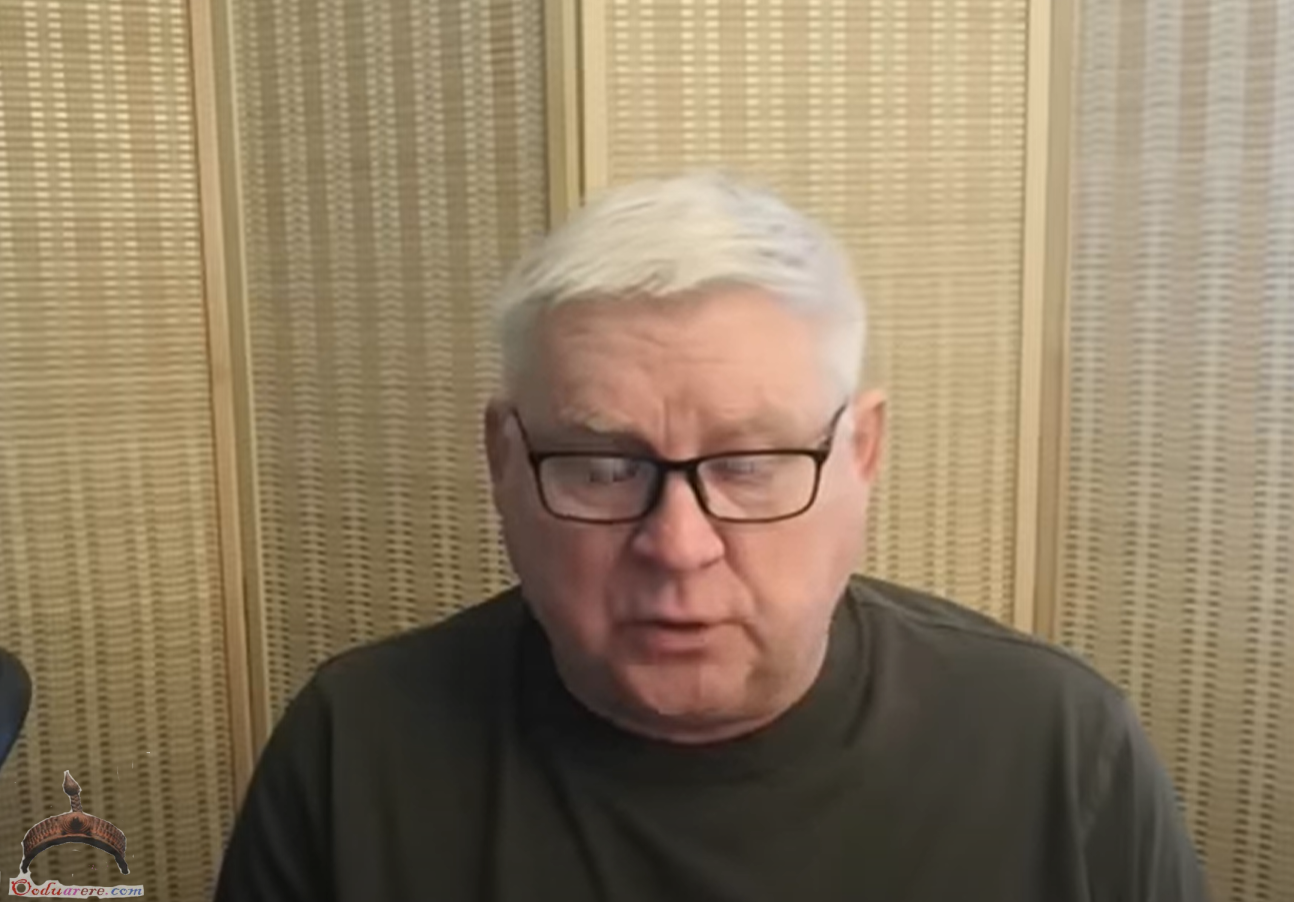On October 31, the Syrian Arab Army (SAA) Tiger Forces and the Republican Guard liberated the neighborhoods of Kanamat, Khassarat, Badr and Old Airport from ISIS in Deir Ezzor city. Government troops also advanced al-Hamidiyah, Sheikh Yassin and al-Ardhi.
Earlier, the SAA and its allies liberated liberation of worker 1, worker 2 and Afri neighborhoods. Thus, government forces retook about third of the area, which was controlled by ISIS in the northern part of the city.
On the same day, the Russian attack submarine ‘Veliky Novgorod’ launched 3 Kalibr cruise missiles on terrorist targets near the ISIS-held town of al-Bukamal. The missiles destroyed several fortified command points, where militants and vehicles were deployed, and a large weapons depot.
In Iraq, the army and the Popular Mobilization Units (PMU) have liberated the subdistrict of Ubaydi from ISIS east of the ISIS-held border town of al-Qaim. Now, the army and the PMU will likely focus on further clearing this bank of the Euphrates from ISIS in order to set a foothold for an advance on al-Qaim itself.
Iraiq forces launched an advance on the ISIS-held town of al-Qaim last week. Since then, they had liberated a large area east and south of it and reached the outskirts of the town.
The liberation of al-Bukamal and al-Qaim may be considered as a strategic loss of the US-led coalition. Washington had been seeking for a long time to build a buffer zone controlled by its proxies between Syria and Iraq arguing that in other cases Iran would be able to provide military assistance to the Assad government via a land route.
Meanwhile, the Kurdistan Regional Government (KRG) and the Iraq Federal Government allegedly reached an agreement over the border crossings of Faysh Khabur and Ibrahim al-Khalil. According to the agreement, troops of both the Federal Government and the KRG will be stationed there. So, Baghdad will be able to monitor the traffic between the KRG and Turkey as well as between the KRG and a part of Syria controlled by the US-backed Syrian Democratic Forces (SDF). This development will also have long-standing consequences for the US and its proxies in the region.
 Ọmọ Oòduà Naija Gist | News From Nigeria | Entertainment gist Nigeria|Networking|News.. Visit for Nigeria breaking news , Nigerian Movies , Naija music , Jobs In Nigeria , Naija News , Nollywood, Gist and more
Ọmọ Oòduà Naija Gist | News From Nigeria | Entertainment gist Nigeria|Networking|News.. Visit for Nigeria breaking news , Nigerian Movies , Naija music , Jobs In Nigeria , Naija News , Nollywood, Gist and more








